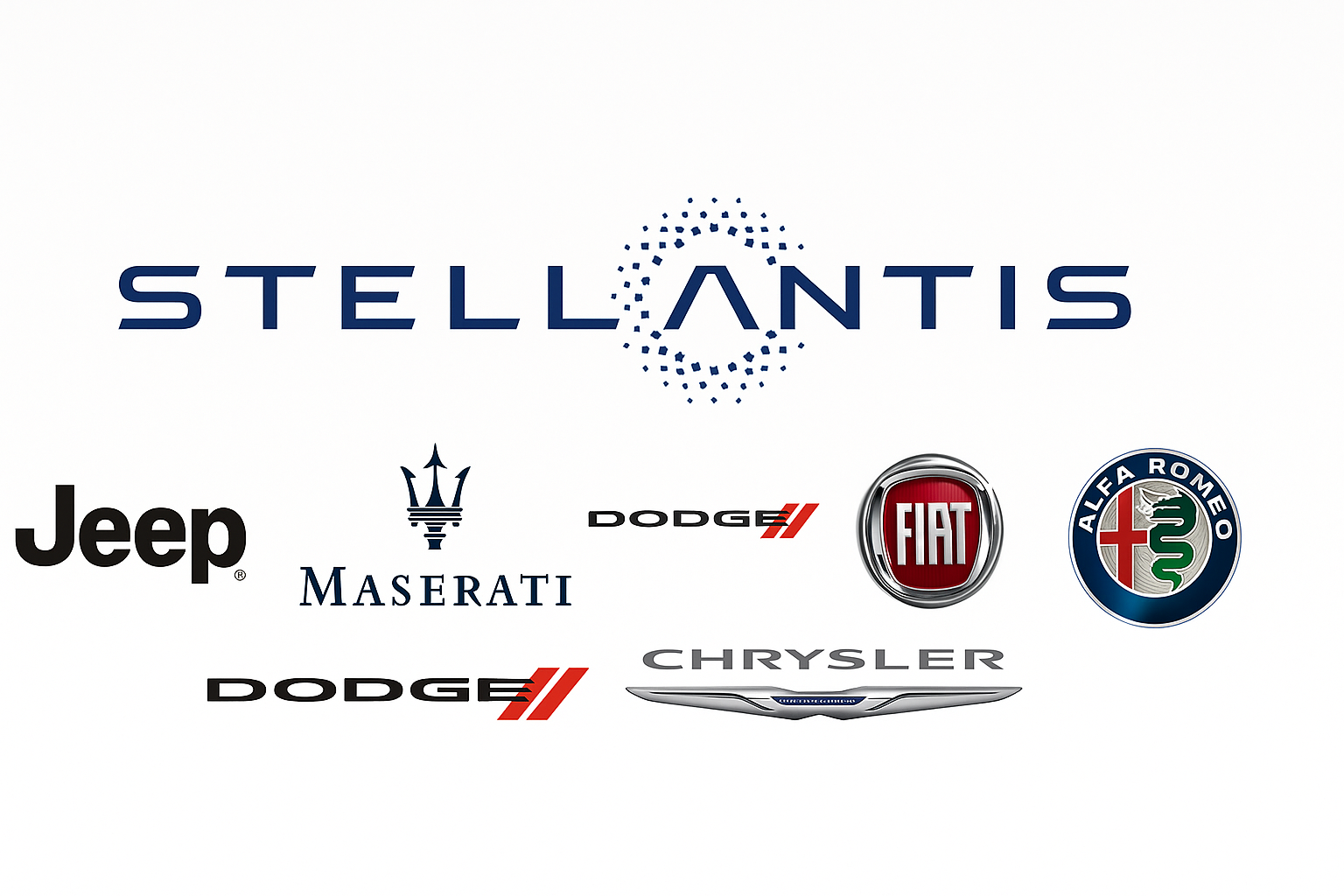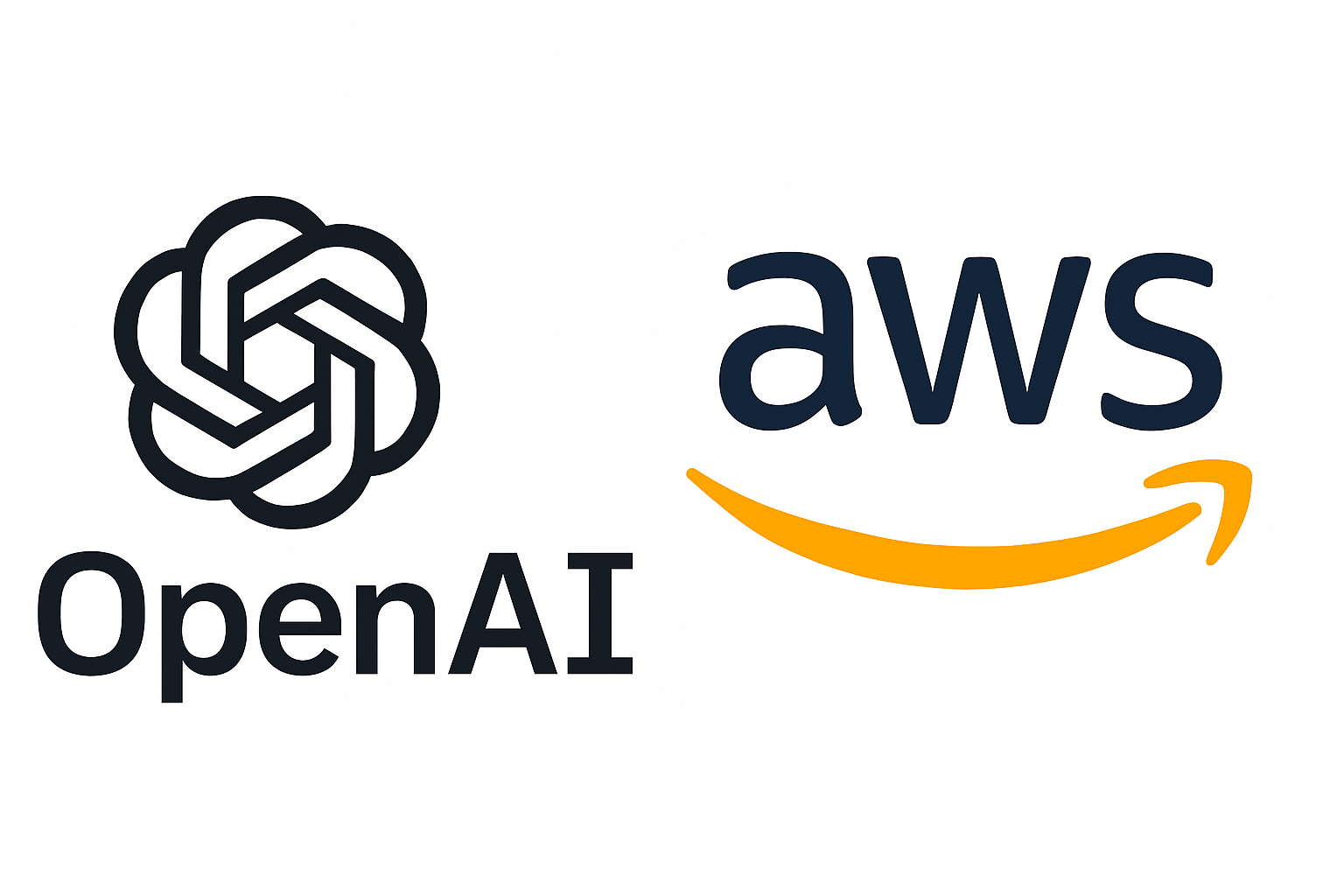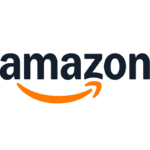Weekly highlights
Ocean rates – Freightos Baltic Index
Asia-US West Coast prices (FBX01 Weekly) increased 20% to $2,027/FEU.
Asia-US East Coast prices (FBX03 Weekly) increased 14% to $3,500/FEU.
Asia-N. Europe prices (FBX11 Weekly) increased 15% to $2,267/FEU.
Asia-Mediterranean prices (FBX13 Weekly) increased 6% to $2,278/FEU.
Air rates – Freightos Air index
China – N. America weekly prices increased 6% to $5.64/kg.
China – N. Europe weekly prices stayed level at $3.97/kg.
N. Europe – N. America weekly increased 4% to $1.85/kg.
Analysis
“Expectations are high that a significant deescalation of China-US trade tensions – possibly featuring tariff levels below the baseline set back in May – is possible in the coming days.
High level US-China meetings in Malaysia over the weekend reportedly brought the two sides closer on many issues after weeks of growing pressure. This sign of progress has generated optimism that the upcoming Trump-Xi meeting in S. Korea could result in, among other changes, an extension of tariff levels in place since the May truce – if not a reduction to a lower US baseline duties on China if fentanyl-related tariffs are adjusted – and a reconsideration of the recently introduced port call fees.
Join 60,000+ Supply Chain Experts Who Never Miss an Issue!
Start your week with the industry insights others miss.
« * » indicates required fields
Consent*
Other trade progress during President Trump’s Far East visit included announced deals with Malaysia and Cambodia, and frameworks for agreements with Vietnam and Thailand. All of these agreements feature about a 20% US tariff baseline for exports from these countries, coupled with reductions or exemptions for various types of goods in exchange for lowered trade barriers to US exports and commitments for purchases from and investment in the US. The past week also saw the president call off negotiations with Canada and state he will increase tariffs on Canadian exports by 10%.
In ocean freight, the USTR port call fees could have cost Chinese container vessels as much as $42M to dock at US ports last week. And though there have been few reports of US container ships impacted at China’s ports yet, fees for US vessels docking in China are reportedly leading to a significant number of bulk vessels waiting – possibly for a rule change – off the coast.
Despite the current lull in demand, East-West container rates have for the most part sustained their mid-October GRI gains supported mostly by significant increases in blanked sailings.
Transpacific and Asia-N. Europe rates increased 15% to 20% last week to about $2,000/FEU to the West Coast, $3,500/FEU to the East Coast and $2,270/FEU to Europe. Rates have stayed about level so far this week on these lanes, with Asia – Mediterranean prices easing about $100/FEU.
These increases push prices back to about mid-September levels on these trades, when rates likewise rebounded briefly on GRIs. Prices are now well above October 2023 levels after approaching parity with pre-Red Sea crisis rates a couple weeks ago. To start November, some carriers may introduce additional GRIs whose success may likewise depend on effective capacity management.
China – US Freightos Air Index air cargo rates have climbed 10% in the last two weeks to $5.64/kg – their highest sustained level since March – possibly driven by Trump’s Nov. 1st 100% tariff threat. Some experts are skeptical there will be much of an air peak season this year due to trade war frontloading and impacts on e-commerce volumes. But if climbing rates do signal the start of the seasonal rush, it is muted compared to a year ago when prices were already at about $7.00/kg. South East Asia – N. America rates have climbed 3% in the last few weeks to $5.14/kg. Transatlantic rates have increased 9% to $1.85/kg, their highest level since June.
China – Europe prices are up 7% over the last month to about the $4.00/kg level and on par with last year despite reports of significant year on year volume increases on this lane, while SEA-Europe rates are up 13% to $3.55/kg.”



















